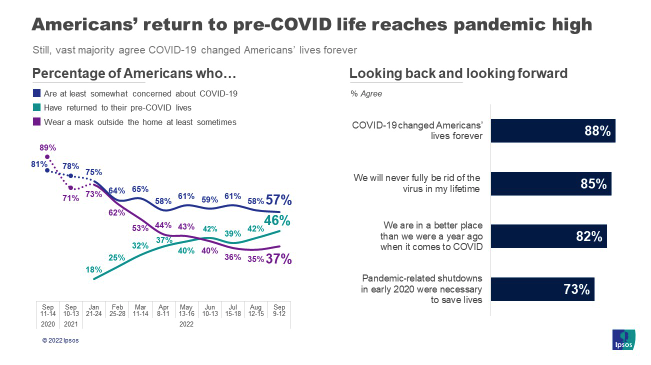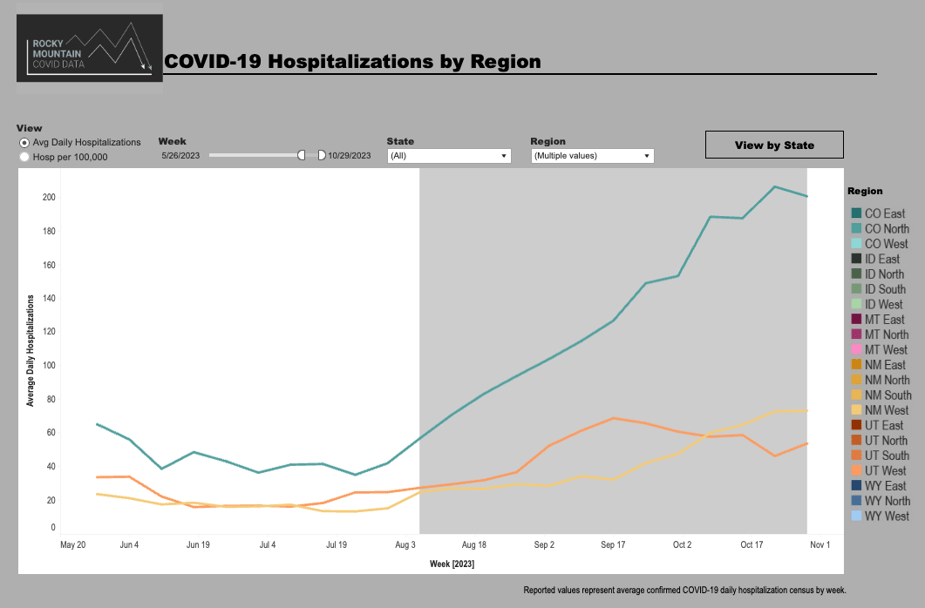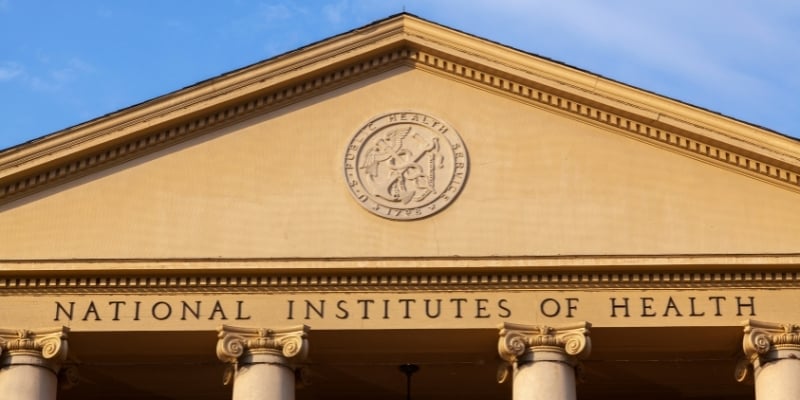This holiday season, more than 55 million Americans are expected to travel for Thanksgiving alone, with nearly 5 million taking to the skies next week. US air travel has returned to pre-pandemic levels, and US airports are anticipating the highest number of Thanksgiving travelers since 2005. Masks are a rare sight not only in airports and on airplanes, but virtually everywhere else. But due, in part, to scientific advances and the structural, cultural, and societal changes that followed the emergence of COVID-19, we have a number of tools available to protect people from respiratory viruses. The outlook on respiratory disease this holiday season may be brighter than it has been in recent years.
Updated COVID-19 and flu vaccines are a good match, and RSV vaccines are an option to those at high risk.
For the first time in US history, three vaccines have been approved for all three major fall and winter respiratory viruses—SARS-CoV-2, influenza, and respiratory syncytial virus, or RSV. The updated COVID-19 vaccine is a good match for the currently circulating strains. The flu vaccine, updated every year, is also a good match for this year’s circulating strains.
The CDC recommends that everyone 6 months and older get the updated COVID-19 and flu vaccines. Adults aged 60 and older with risk factors for severe RSV disease (such as heart disease or diabetes), as well as pregnant people between 32 and 36 weeks, have the option to receive the RSV vaccine. Two injectable monoclonal antibodies can also protect infants from severe RSV disease.
Uptake of all three vaccines is increasing—a good sign for the upcoming holiday travel season. But for those who still need to do so, it is not too late to get vaccinated. For more information on the COVID-19, flu, and RSV vaccines, see our September 27th blog post.
Free COVID-19 test kits are available once again to order by mail.
On September 25, 2023, the federal government resumed delivery of free COVID-19 test kits to US households. If you haven’t already, you can order four free at-home tests through the United States Postal Service here ahead of the holiday season. COVID-19 at-home antigen tests are around 80% accurate. Testing can be used to help protect at-risk family and friends from COVID-19 exposure over the holidays. The CDC has posted updated guidelines on self-testing when symptomatic or after a recent exposure. Remember that a negative result (or not taking a test!) does not rule out COVID-19. If you have any COVID- or flu-like symptoms, regardless of whether you take a test or what the result was, precautions such as increased hand washing, mask wearing, and staying home while sick, can help to slow or stop transmission of SARS-CoV-2 and other respiratory viruses.
Masks still have utility, and they are generally more accepted in Western culture now.

Mask use has been on the decline in the United States since the fall of 2021 (purple line), but as of 2022, a notable proportion of the US population (37%) still reports wearing a mask outside the home at least sometimes. Most Americans agree that COVID-19 changed their lives forever and that pandemic-related shutdowns in early 2020 were necessary to save lives. Could we be experiencing a cultural shift in the way masks and other disease control strategies are viewed in this country? (Source: Ipsos, 2022)
Despite widespread politicization, the COVID-19 pandemic sparked awareness and acceptance in many parts of the country of mask use as a tool to prevent infection and slow transmission. While mask wearing has long been commonplace in parts of Asia, it was uncommon in the United States up until the pandemic. But today, those wearing a mask in many public places around the country are less likely to get a strange look compared to before the pandemic. Even though mask use has been on the decline since the fall of 2021, 37% of Americans reported wearing a mask outside the home at least sometimes as of September 2022. Some people are choosing to wear a mask in certain situations, such as on public transportation or while sick.
“I traveled to Europe in September of this year and wore a mask on crowded trains, buses, and cable cars,” says Emma Wu, a Senior Professional Research Assistant at the University of Colorado Anschutz Medical Campus and a member of the Rocky Mountain COVID Data team. “I actually got COVID near the end of my trip and wore one on the whole plane ride home. While it probably wasn’t perfect, I’m confident that doing so reduced the risk of infecting those sitting around me.”
Simply being aware that masks are still a valuable tool can make all the difference this holiday season—after all, SARS-CoV-2 is not the only respiratory virus to be concerned about in the fall and winter, and mask wearing has been associated with a decreased risk of respiratory illness in general. Visit the CDC guidelines to see recommendations on mask use for general purposes, after exposure, and while sick.
Hybrid and remote work regimens could allow for timing of travel during less busy days.
While air travel this Thanksgiving is still predicted to set records, another cultural and societal shift has taken place—the rise of hybrid and remote work. Workplace building occupancy is down significantly since the pre-pandemic peak in early 2020, with hybrid and remote work likely to become a permanent practice for many organizations moving forward. Some following a hybrid or remote work regimen could have the option of traveling the week before a massive surge in holiday travel, and staying at their destination a little longer while they wait for holiday travel to abate. If the option is available, avoiding travel on peak days may reduce the potential of being exposed to or getting infected with SARS-CoV-2 or other respiratory viruses. It remains unclear whether we will see this in action this holiday season or next, but this change opens the door to an option never before available to many working Americans.
Enjoy this holiday season, but don’t forget everything we’ve learned.
 Hospitalizations are on the rise in the metropolitan areas of the Rocky Mountain West. (Source, Rocky Mountain COVID Data, 2023)
Hospitalizations are on the rise in the metropolitan areas of the Rocky Mountain West. (Source, Rocky Mountain COVID Data, 2023)
While the worst is likely behind us, it is important to remember that the COVID-19 is still ongoing, and that the respiratory viruses present challenges each fall and winter, especially now that we have three viruses to contend with. With COVID-19 hospitalizations on the rise in the metropolitan areas of the Rocky Mountain West, and an increase in flu and RSV rates, now is the time to remember all the lessons learned and strategies deployed, and enjoy our holidays with more tools than ever before.
Stay knowledgeable, and happy holidays,
The Team at Rocky Mountain COVID Data
(Emma Wu, Talia Quandelacy, Beth Carlton, Bailey Fosdick, and Irina Kasarskis)



-4.jpg)


